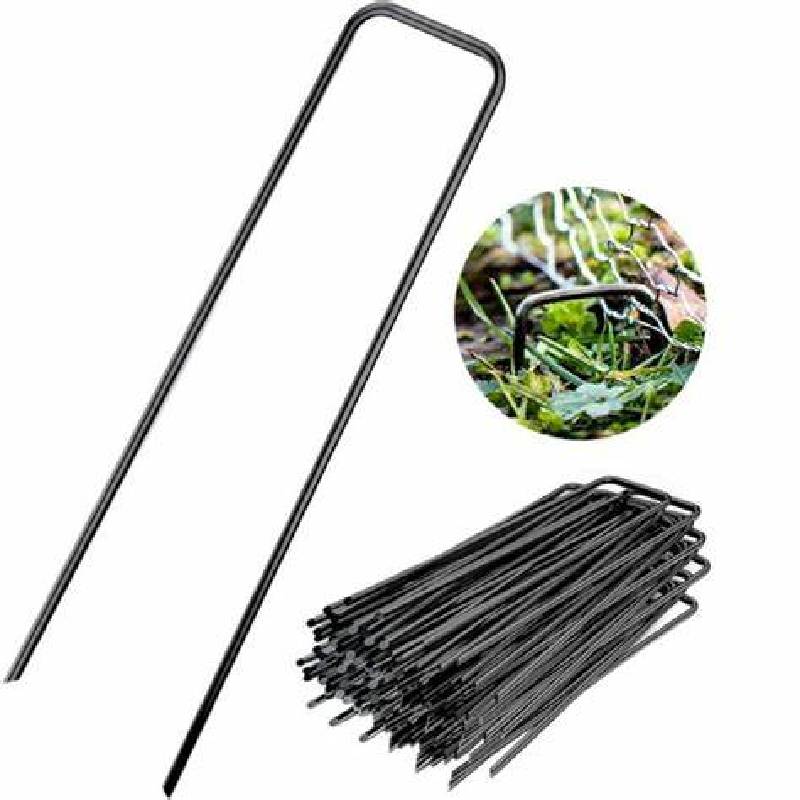
- Mobile Phone
- +8613931874955
- sales@cntcmetal.com
tension spring hook
Understanding Tension Springs and Hooks Applications and Mechanisms
Tension springs are fascinating components widely used in various mechanical applications. They are designed to absorb and store energy while providing resistance against tensile forces, which makes them integral to many systems, from simple devices to complex machinery. In this article, we will explore the mechanics of tension springs, their hooks, and the numerous applications they serve.
What is a Tension Spring?
A tension spring is a type of mechanical spring that elongates when a load is applied. Unlike compression springs, which are designed to withstand compressive forces, tension springs are built to handle loads that pull them apart. This ability to stretch and return to their original shape is what makes them so useful in a myriad of applications.
Tension springs are characterized by their coil design and the material used, commonly steel, which provides high tensile strength and durability. The coils are tightly wound, and as force is applied, they expand, creating potential energy that can be released when the force is removed.
The Role of Hooks
At both ends of a tension spring, you typically find hooks. These hooks are integral to the functioning of the spring, as they are the points through which the spring attaches to its mounting or the components it affects. The hooks can come in various shapes, including straight, double-looped, or even custom designs, depending on the specific application. The design of the hooks ensures a secure attachment, allowing the tension spring to perform its intended function effectively.
How Tension Springs Work
When a tension spring is stretched, the coils begin to pull apart, and the elastic potential energy builds up within the spring. This energy can be released when the load is removed, allowing the spring to return to its original length. The relationship between the force exerted by the spring and its extension can be described by Hooke's Law, which states that the force exerted by a spring is proportional to its deformation, as long as the material's elastic limit is not exceeded.
The formula for Hooke's Law is expressed as
tension spring hook

\[ F = k \cdot x \]
where \( F \) is the force exerted by the spring, \( k \) is the spring constant (a measure of stiffness), and \( x \) is the extension of the spring from its rest position.
Applications of Tension Springs
Tension springs are prevalent in several industries due to their versatility. One of the most common applications is in the automotive sector, where they are used in seat mechanisms, hoods, and trunk lids, providing the necessary force to keep components in their required positions. Similarly, in appliances like washing machines and dryers, tension springs maintain proper tension on belts or doors.
Another area where tension springs excel is in the realm of toys and recreational devices. They are often found in mechanisms that require rebounding action, such as in toys that launch projectiles or retractable devices. Additionally, they play a critical role in industrial machinery, where they may be involved in maintaining tension in conveyor belts or securing moving parts.
Choosing the Right Tension Spring
When selecting a tension spring for a particular application, several factors must be considered, including the spring's material, size, coil diameter, and hook design. Understanding the environment in which the spring will operate is also crucial, as factors such as temperature, humidity, and exposure to chemicals can impact the performance and longevity of the spring.
Conclusion
Tension springs with hooks are essential components in a wide range of applications, providing reliable and efficient solutions to many mechanical challenges. Their ability to store and release energy, combined with their diverse applications, highlights their importance in engineering and design. Whether used in automotive, industrial, or consumer products, understanding the principles behind tension springs can help engineers and manufacturers choose the right components for their specific needs. As technology advances, the design and application of tension springs continue to evolve, ensuring that they remain a vital part of modern engineering solutions.
share:
-
Why Sacrificial Formwork Is Redefining Underground ConstructionNewsJun.06,2025
-
The Structural Dynamics of Modern Concrete: How Snake Spacers Revolutionize Flexible ReinforcementNewsJun.06,2025
-
Snake Spacers Smart-Lock Concrete Reinforcement with Surgical PrecisionNewsJun.06,2025
-
Snake Spacers: Reinforcement Precision for Modern Concrete ProjectsNewsJun.06,2025
-
Snake Spacers Powering Concrete's Structural DNANewsJun.06,2025
-
Slither into Success: Snake Spacers' Precision Bite for Unbreakable ReinforcementNewsJun.06,2025
-
Sacrificial Formwork: Building Stronger, Faster, and Safer StructuresNewsJun.06,2025



















